from producer james sáez
What would you give to travel back in time for a single night with one of the greatest band leaders, musicians, vocalists and pianists in music history?
Imagine: you’re sliding downstairs through the doors of Chicago’s legendary Blue Note jazz club on a hot summer night, grabbing a small table six feet from the stage. Before long, you’re losing yourself in the timeless American songbook intimately played by Nat King Cole and his rail tight trio.
Frank Holzfeind, who owned the early integrated mecca of jazz, had apparently made the recordings himself from two mics that wandered through the PA to the large speaker hung over the smoke-filled stage. After a wonderful discussion with Frank’s son, Tom Holzfeind, I learned about his family’s long friendship with Nat King Cole. The backstory showed there was a real relationship that made this week-long residency particularly special.
TRACKLISTING
SIDE ONE
- FRANK HOLZFEIND INTRODUCTION #1 (:16)
- LITTLE GIRL (2:28)
- UNFORGETTABLE (3:44)
- IT'S ONLY A PAPER MOON (3:30)
- LOVE IS HERE TO STAY (3:44)
- TOO MARVELOUS FOR WORDS (3:43)
- WHAT DOES IT TAKE? (2:36)
SIDE TWO
- YOU STEPPED OUT OF A DREAM (2:37)
- EXACTLY LIKE YOU (3:59)
- SWEET LORRAINE (4:15)
- CAN’T I? (3:47)
- BAND INTRODUCTION (:09)
- CALYPSO BLUES (3:30)
SIDE THREE
- FRANK HOLZFEIND INTRODUCTION #2 (:25)
- WALKIN' MY BABY BACK HOME (2:07)
- MONA LISA / TOO YOUNG (3:50)
- BLUE GARDENIA (2:28)
- STRAIGHTEN UP AND FLY RIGHT (3:17)
- FUNNY (NOT MUCH) (3:37)
- SOMEWHERE ALONG THE WAY (2:45)
- NATURE BOY (2:19)
SIDE FOUR
- PRETEND (3:22)
- A FOOL WAS I (3:50)
- IF LOVE IS GOOD TO ME (3:18)
- I AM IN LOVE (2:54)
- THIS CAN’T BE LOVE (2:41)
- ROUTE 66 (3:34)

a note from will friedwald, author of 'straighten up and fly right: the life & music of nat king cole'
Nat King Cole was, in the words of his friend and inspiration, Duke Ellington, “always in a state of becoming.” There was never a moment in his career when he felt like he could take it easy. It’s almost as if he knew that time was always running out for him, that he would never live to be an old man. He never felt he had the luxury of not fixing things that didn’t appear to be broken - every point in his life would be a period of transition. He never stopped tinkering and experimenting, changing things, and trying something new.

It was especially so, as indeed we shall see, in the Summer of 1953. This was two years after Cole and his manager, Carlos Gastel, had made the announcement that, as of September 1951, the artist would no longer be part of the ensemble, The King Cole Trio; going forward he would be officially billed as Nat “King” Cole. (In 1957, he would have his name legally changed, thus removing the necessity for quote marks around the “King.”)
It was indeed a change in his billing, and in the way he would be perceived by his audiences. Yet the trajectory of Cole’s career is too often oversimplified: it’s generally assumed that he started as a jazz piano player and finished as a popular singer. In reality, there was no point in his professional life, almost to the very beginning, where he didn’t sing, and, at the other end, there’s no moment when he stopped playing the piano altogether. He was always both a pianist and a singer, and a great many things besides.
Nat King Cole opened at the Blue Note on Friday, August 28, the night of the deejay ceremony, and continued for at least a week; four nights and one day (the club featured a Sunday matinee show at 5:00PM) were recorded. This package offers 80 minutes of highlights from those tapes, brilliantly captured under Holzfeind’s supervision.

